Technology in Apple's first iPhone made it the best communications tool for a family in crisis
Everybody else has talked about the amazing touchscreen, or ground-breaking telephony, or even the flexibility of the internet with you at all times. But, there were practical reasons beyond just tech fetishism to get an iPhone in the early days, though.
Editor's note: June 29, 2017 marks 10 years to the date since the first iPhone launched. AppleInsider will be posting stories, testimonials and anecdotes on the history of Apple's groundbreaking device throughout the day. Feel free to chime in with your own in the comments.
Before I started at AppleInsider, and a few online venues before here, I kept track of what was going on with Apple fairly devoutly. Between support work and other gigs, it was beneficial, and frankly, fun.
I'd seen Steve Jobs introduce the iPhone. I thought it was amazing, but there were other things on my mind, and other things to spend money on as I had just moved, and there was a baby on the way. Speaking of that baby — the OB interrupted an appointment that summer to talk about the iPhone, and my wife wasn't pleased about it.
Fast forward to early 2008, and my three-month old and I had settled into a pretty decent working routine. It was a particularly crabby day, and I'd already done the "dumb guy" stuff and checked fever, diapers, and appetite. To that point, just a cranky kid.
During the process of comforting her, and watching Prince perform on "Muppets Tonight" on an iMac G4, she started making a strange jerking motion, and then did it again, and again, and again. I did what any sensible person would do at that point — I panicked.
I called our pediatrician, whose staff said she'd call us back. I then called my wife who had recently returned to work, and my sister-in-law who both sported Nokia phones — you know the one — and got voicemail.
Even with strong signal strength in her work's break room, my wife didn't get the message for an hour until she got back to her desk and got her work voicemail. My sister-in-law got it an hour and a half later for much the same reason.
The text messages? They didn't come in until my wife was on her way home.
Shortening the next 72 hours to the relevant bits, we got a diagnosis of a rare pediatric epileptic condition. It was going to be a rocky road.
After we got out of the hospital two days after the diagnosis with our three month old on a prescription for a brutally powerful corticosteroid with a potential side effect of death, we figured out that the old ways we summoned each other as quickly as possible weren't going to work anymore. So, we got phones with a bigger screen, and ways to customize who's calling and what alert tone gets sounded — we got iPhones.
As it turned out, that one hour delay, that one day, didn't make much of a difference. But, it did later — and rapid message delivery and response has saved our bacon a few times since. They were far more reliable than any cell phone we had up to that point.
Like Steve promised, the iPhone became several lives in our pocket. We kept notes to refer to from specialist to specialist, we'd document seizure type and frequency, and so much more. The App Store opened shortly after we got our phones, and they got so much better.
For us, those original phones are long gone. We sold them two years later to subsidize the next ones we got. I still have one of those replacements, and it wants to remind me of appointments long past — and the hope that we had for recovery that didn't quite work out.
Since then, we've used them for entertainment for ourselves while in any one of a number of interminable hospital stays, to store nearly an entire medical history, a research tool to figure out if any given therapy would help, and yes, as a dependable lifeline to get help in a time-critical crisis.
And, now, writing about it pays the bills.
 Mike Wuerthele
Mike Wuerthele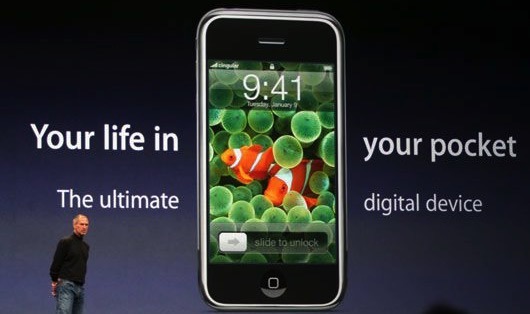
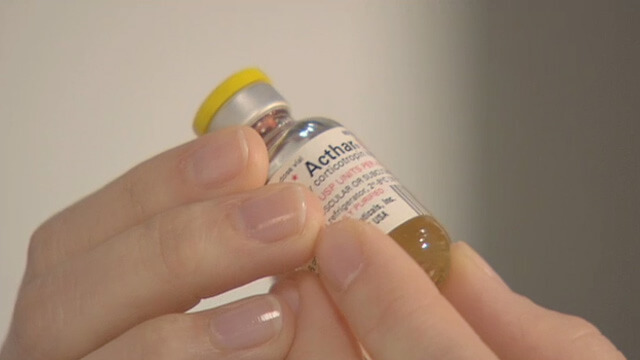


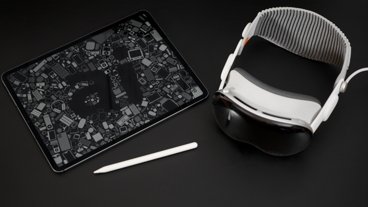









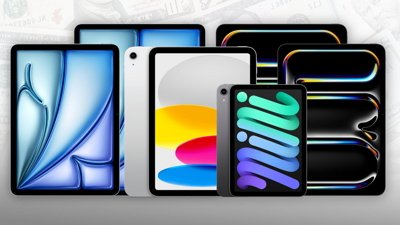
 Mike Wuerthele and Malcolm Owen
Mike Wuerthele and Malcolm Owen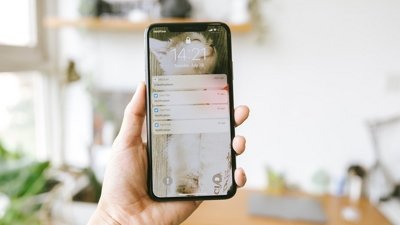
 Amber Neely
Amber Neely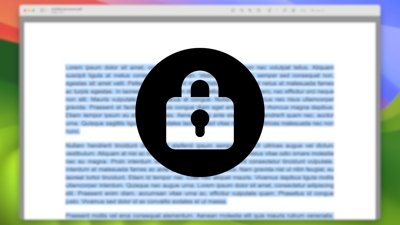
 Bon Adamson
Bon Adamson
 Andrew Orr
Andrew Orr

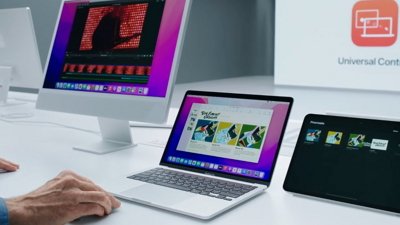
 Malcolm Owen
Malcolm Owen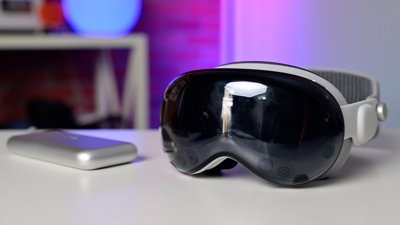
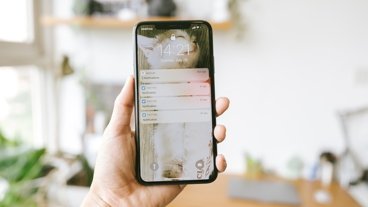
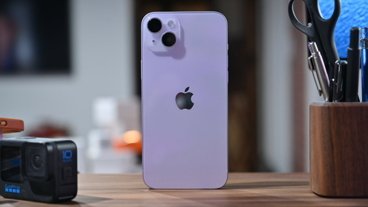








15 Comments
A touching story. Thank you for sharing.
I am not second guessing you, but if you are uncomfortable with your health or a loved ones go to the hospital or Doctor's office immediately. This applies universally. I am still kicking myself for not forcing a neighbor to go to the hospital after noticing substantial changes in his walking and breathing. As it turns out my uneasy feeling was right: he had experienced two heart attacks in the prior week (according to the doctor). I don't know how they can tell two, but it does not matter as he had definitely had one. Luckily he is still alive, but had I pushed harder on him and his wife (he is incredibly stubborn) maybe he would not have substantially less capacity of his hear to pump blood. His quality of life has been diminished and his life expectancy shortened.
That is a wonderful touching story.
My first iPhone was the iPhone 3G. I have always been a technology guy and waited for 3G support. I brought it home and tried to show my wife all of the things that it could do. Texting with a full on-screen keyboard! Always on internet access! etc., etc. Her first words were "why would anyone need to text when they can just call the other person?". After buying her and iPhone 4 she started to change her mind. Now she texts me from two rooms away in the same house! We share our calendars and don't even get me started on how she's hooked on Facebook and Twitter!
There was nothing a beneficial as our smart phones to document infantile spasms that were highly suspicious for epilepsy.
Taking a couple month old baby to neuro consults & EEGs is horrendously stressful to say the least - it had me emotionally numbed, and sleepless.Sorry to sidetrack to a separate (but related) topic but....
Acthar is an example of capitalist greed trumping citizen well-being.
Price rises from $40 a vial in 2001 to $28,000/vial in 2013 and $34,000 in 2014 as new companies bought the rights.
Meanwhile, an off patent version is available in the EU for $8/vial :/
And Martin Shkreli is currently on trial...